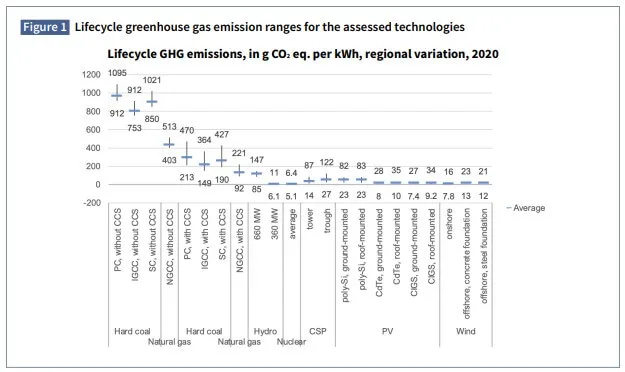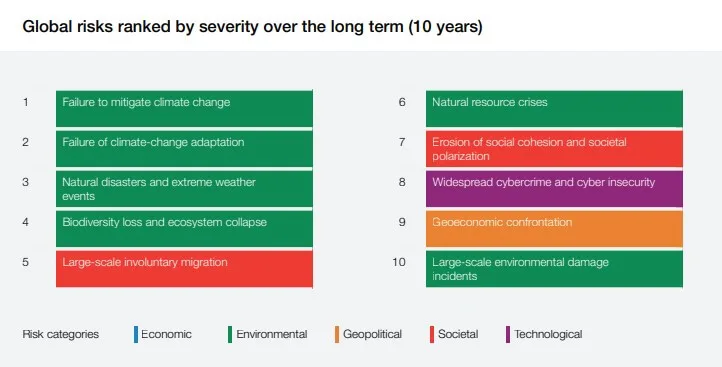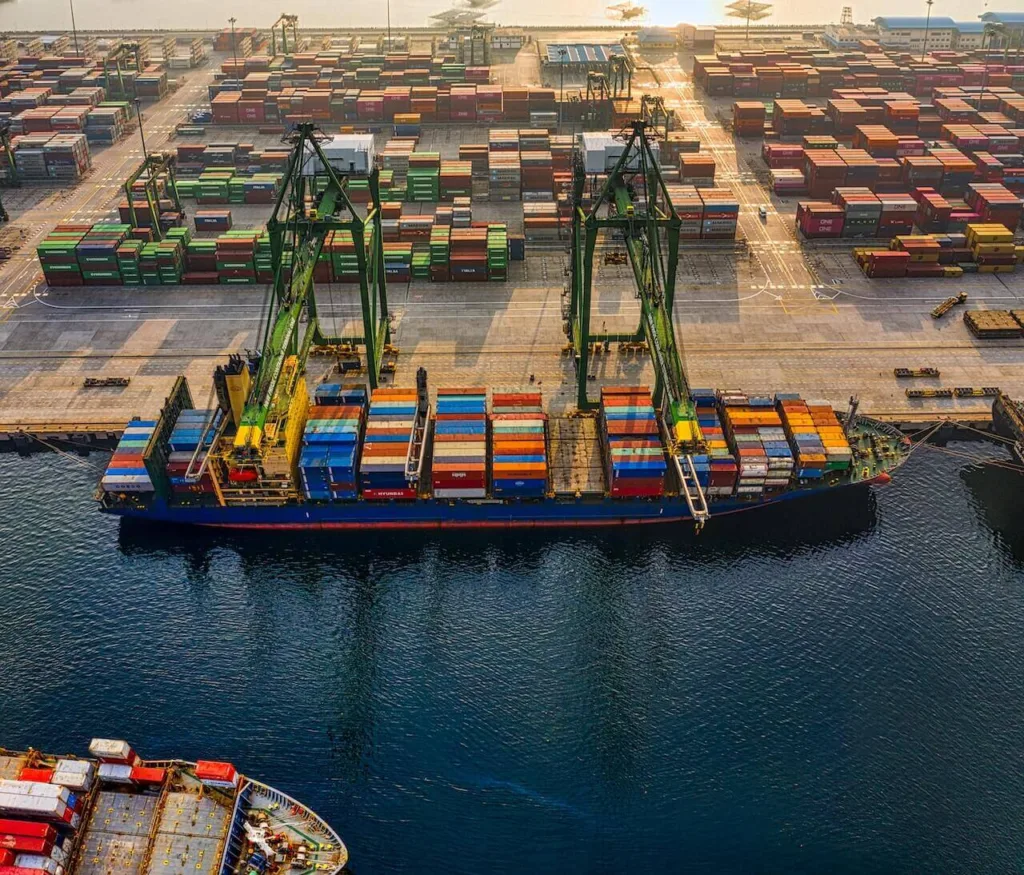What’s a Life Cycle Assessment?
Have you ever heard your grandpa say something like “electric cars are worse for the environment than gas cars” or “solar and wind are worse for the environment than coal”? Grandpa might back this up by saying “the materials and processes used to manufacture these technologies are rare earth metals which have greater environmental impacts”. And honestly… though wrong… grandpa creates a pretty interesting question… Are the impacts we generate during production inherently worse than the impacts we create through consumption?
Well, wouldn’t it be nice if we had tools or studies that analyzed this for us?… Guess what! We do! They’re called Life Cycle Assessments, or LCA’s for short, and they are pretty frickin’ neat. As the name suggests, LCA’s asses the entire life cycle of a product and provide comprehensive insights into the products overall environmental impacts. From the extraction of raw materials, to transportation, to manufacturing, to use, to disposal. LCA’s covers it all. Sometimes, they go the extra mile by providing a comparison of similar products, helping you determine the best one for your needs. But that’s not all – they also offer a comprehensive analysis of environmental impacts that extends beyond just climate-related factors!

What are the impacts and what do they mean?
Eutrophication. Nitrification. Biodiversity Collapse. Yuck! What’s with the nerd talk. Are these terms necessary or are they just there to make us all feel dumb? Well, let’s just do a quick breakdown of the key things to know.
Downer warning!… Unfortunately, global warming isn’t our sole environmental problem, it’s just our biggest.

The environment is intensely connected. And the reason for us caring about it’s protection is that the environment gives humans free services that are difficult or impossible to replace. These free services could be for things we need to live, or just for our straight enjoyment. Generally, we impact the environment in a few key areas: climate, air, water, animals, plants, and soils. We care about these areas because they provide us with our basic needs (think food and drinking water), or they provide us with stability (think natural disasters or impacts to industries and infrastructure). All LCA’s typically evaluate the different means in which climate, air, water, animals, plants and soils are impacted and all the complex nerd talk is just digging into the weeds of these key areas. Boom! Easy peezy and pretty useful.

So, What do LCA’s look at?
Cradle to Grave. Sweet band name or dorky science term?… Dorky science term! In short, LCA’s attempt to look at each process of a products extraction, use by humans, and disposal. Typically these are lumped into embodied impacts (impacts from producing products) and operational impacts (impacts from using the product).
For example, let’s explore each step that goes into producing and using a piece of wood:
Once upon a time, in a lush forest, a tiny seed found its way into fertile soil. Nurtured by gentle rains and warm sunlight, it sprouted, growing into a magnificent tree. Its branches stretched towards the sky, where it sucked up CO2 and provided shelter to the forests bountiful critters.
One day, the tree caught the attention of a skilled lumberjack who recognized its value. With careful precision, the tree was harvested and it’s magnificent trunk was trucked to a mill. Complex machines transformed it into sturdy beams and planks before it jumped onto another truck and traveled to a bustling construction site. There, it became a beautiful house, fit to witness the dreams and joys of a family unfold within its sweet embrace.
Years flew by and time eventually caught up with the once-majestic house. It became outdated, no longer meeting the needs of its inhabitants. After tear filled goodbyes of gratitude, the family made the tough decision to demolish the house. The house was reduced to rubble and the remnants of the once tall standing tree, were left to languish in a landfill.
Cradle to Grave baby. Hardcore!




What does this all mean to you?
Hopefully, it means trust. Trust in the way we try and evaluate and rank impacts. At iTT we really try to take a wholistic and encompassing look at everything so we can give you the full story. And LCA’s are just one tool we use to do that.
But, mostly…. It’s a tool for you to use when you need to argue with your grandpa. Take that grandpa!
